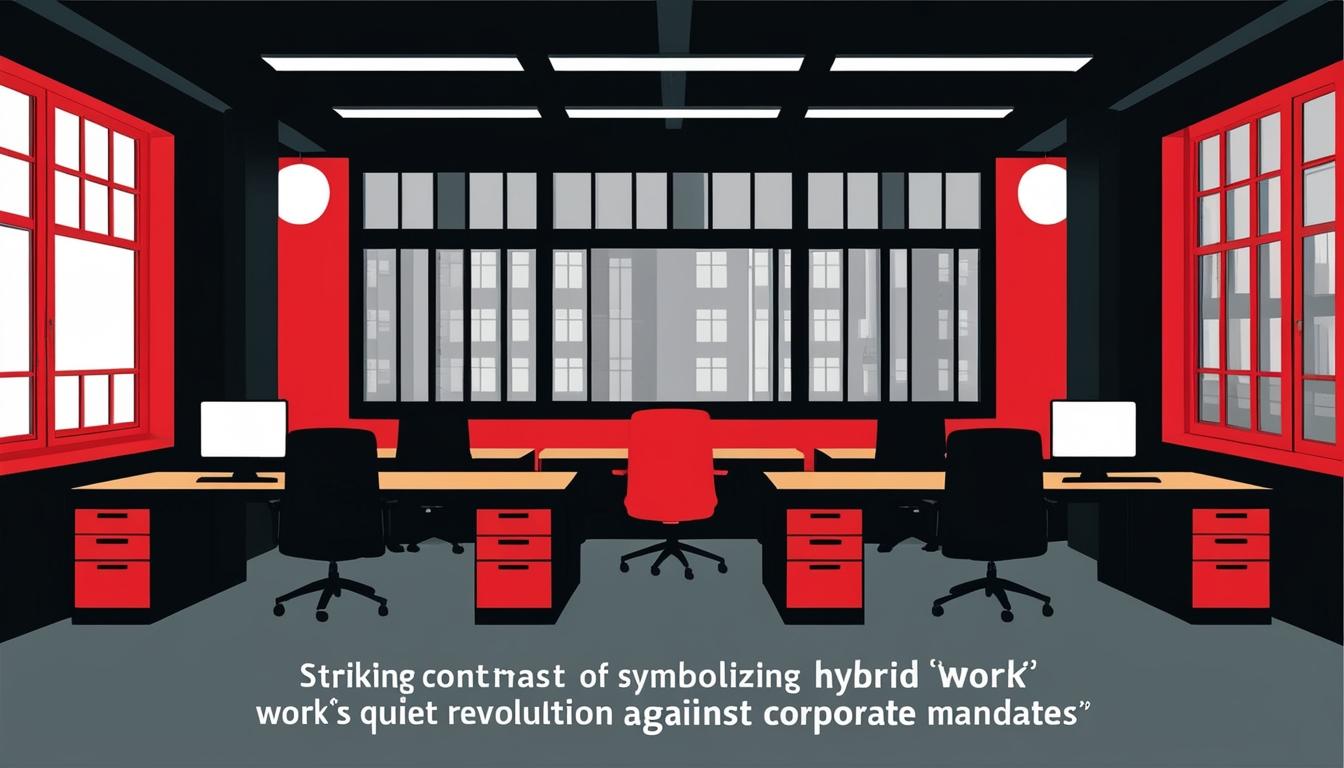As organisations across the United States grapple with the shifting dynamics of work environments, the enforced return-to-office (RTO) policies have stirred considerable conversation and uncertainty among employees. Leading corporate giants such as Amazon and AT&T have mandated that their staff be present in physical offices five days a week. Following closely in their footsteps, JPMorgan announced this week that it would strip hybrid work privileges from approximately 40% of its workforce, a significant portion already required to report to their desks daily. These developments have sparked a wave of discussions online, particularly on platforms like Reddit and LinkedIn, highlighting a collective apprehension regarding the future of remote work.
Despite these mandates, Aki Ito, a chief correspondent at Business Insider, contends that the trend toward remote work is far from over. “Whatever old-school CEOs like Jamie Dimon and Andy Jassy may think of it, remote work is here to stay,” Ito noted. This assertion finds support in statistics gathered over the years, particularly from economist Nick Bloom, who tracks the prevalence of remote work through monthly surveys.
The data presents a complex picture. During the height of the COVID-19 pandemic in 2020, a staggering 62% of work was conducted from home. As restrictions eased, that figure saw a decline, settling at 27% as of 2023. While on the surface, this decline might suggest a waning interest in remote work, the latest statistics indicate that the proportion has remained stable at 27% despite many companies attempting to enforce a return to traditional work models.
Interestingly, the current weak labour market indicates that employers hold significant influence; yet, there has been little shift in the return to office numbers. This plateau implies that, while there is a desire among some executives for a more in-person workforce, many seem content with maintaining current hybrid work policies to avoid potential disruption.
Bloom's research suggests that the remote work trend represents a significant shift in corporate culture, with the level of remote work now approximately six times greater than pre-pandemic figures in 2019, when only 4.7% of work was completed from home.
Looking ahead, Ito posits that the trend towards remote work will likely continue to grow. This is anticipated due to several factors: the anticipated labour shortages stemming from slowing population growth, which may compel employers to enhance employee benefits including work-from-home flexibility; the emergence of new startups focused on remote operations that are expected to thrive in various sectors; and ongoing improvements in technology supporting remote collaboration that aim to address existing challenges.
The narrative surrounding remote work has evolved significantly in recent years, likening the discourse to historical shifts in societal norms. Ito argues that the current push by certain corporations to revert to pre-COVID work structures mirrors past hesitations towards innovation and change. “The general use of the telephone,” one New York Times writer lamented in Twain's time, reflects similar sentiments shared in today’s corporate boardrooms regarding remote work.
As businesses navigate these turbulent waters, the insights provided suggest that a substantial transformation in work practices is not only inevitable but also well underway, driven by both employee preferences and advancements in technology. The ongoing evolution of the American workplace appears far from reaching a conclusion, as both remote work and hybrid arrangements likely continue to play a significant role in shaping the future of employment in the country.
Source: Noah Wire Services
